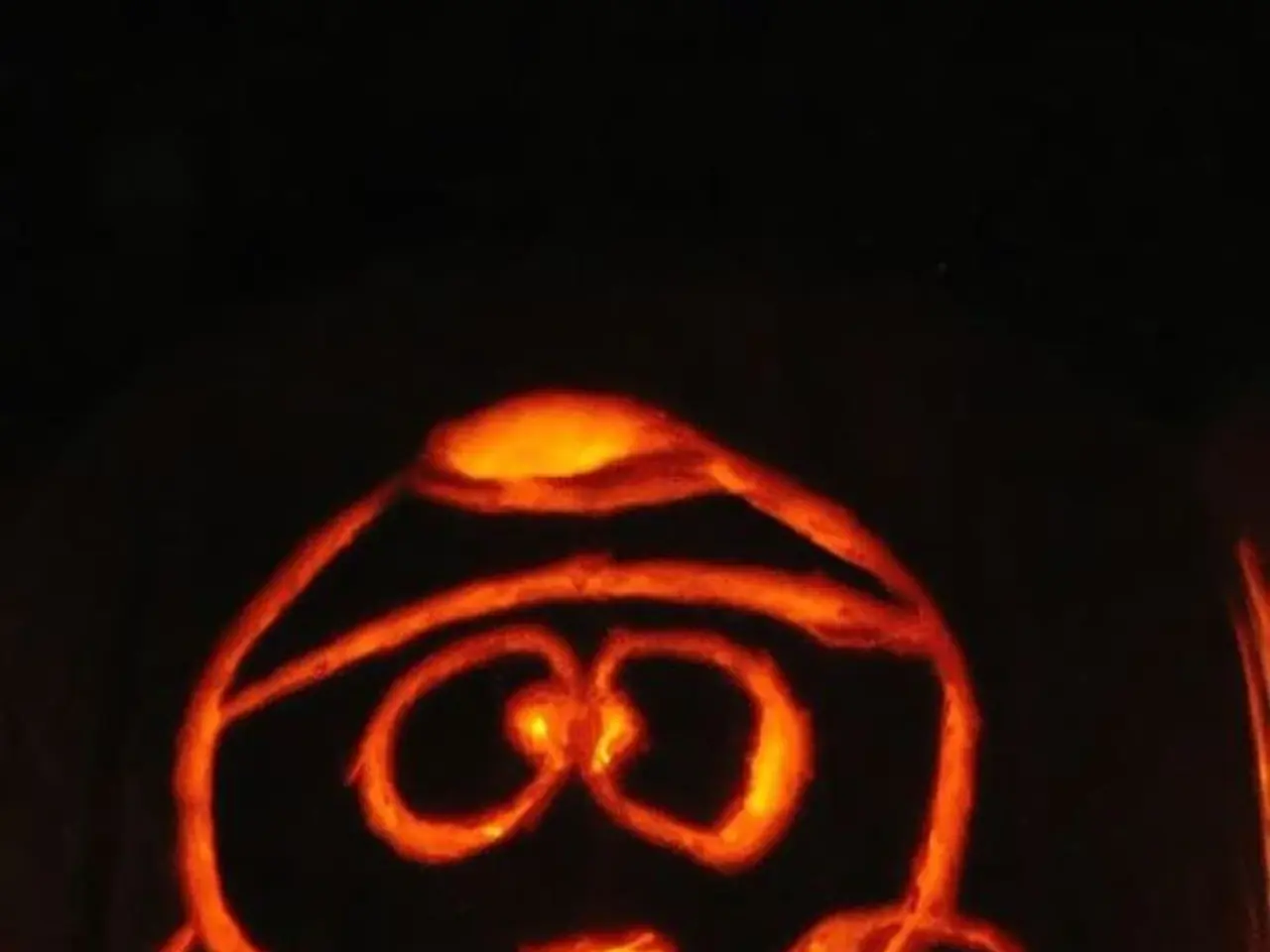Treatment of Depression through Light Therapy Techniques
Light therapy, also known as bright light therapy or phototherapy, is a treatment that has been found effective in combating seasonal affective disorder (SAD), a type of depression that affects people during the fall and winter months due to less natural light. This treatment is also used as a complementary method for depressive episodes in bipolar disorder and other forms of depression with mood disturbances related to light exposure.
The therapy involves sitting by a light therapy box that emits bright light, similar to natural sunlight. Light therapy lamps, which can be static or have a tilt, are designed to cover the face and neck surface area during sessions, providing at least 12 to 15 inches of light. For home use, light boxes should have bright lights (10,000 lux) for morning use for at least 30 minutes a day throughout winter, or 2,500 lux lamps for 1-2 hours.
Light therapy may work by affecting the circadian rhythm, our natural 24-hour cycle, and serotonin uptake in the brain. By increasing serotonin and norepinephrine levels, which play a role in mood regulation, light therapy can help stabilize mood and increase energy, potentially alleviating symptoms of fatigue and lack of motivation in some people.
While light therapy can be beneficial for treating SAD and other types of depression, it may not be optimal for those prone to manic episodes in bipolar disorder. It's important to consult with a healthcare provider before starting any new treatment.
Light therapy lamps should be UV-free to avoid harming the skin. Some people may experience side effects from sun lamps, such as eyestrain, headaches, or nausea. Extreme light exposure can trigger migraines or other neurological and psychiatric conditions.
Light therapy can be used alone or combined with other therapies to ease symptoms of major depressive disorder or dysthymia. It's typically used in combination with other types of treatment and healing techniques, such as staying active, seeking talk therapy or cognitive behavioral therapy, and medication.
In addition to treating depression, light therapy can also be used to treat major neurocognitive disorder (dementia), sleep disorders, and adapting to a work schedule during night hours. For those who find it challenging to sit still for long periods, light therapy visors allow for walking while receiving extra light.
Bright light therapy is effective for treating SAD and is considered a first-line treatment. If you're struggling with symptoms of depression related to seasonal patterns, consider discussing light therapy with your healthcare provider. It could be the bright spot you need to help you through the darker months.








